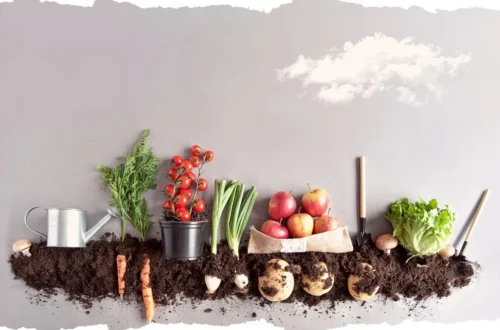Living in an apartment doesn’t mean you have to miss out on the joys of gardening. A balcony garden is a perfect solution to bring greenery into your life, grow fresh food, and create a peaceful outdoor retreat—even if your space is limited. Whether you’re a complete beginner or have some gardening experience, this step-by-step guide will help you start your own balcony garden and watch it flourish from seed to harvest.
Step 1: Plan Your Space and Assess Sunlight
Before you buy any plants or supplies, take a good look at your balcony. Measure the available space so you know what kind of containers will fit. Observe how much sunlight your balcony receives throughout the day. Most edible plants need 4-6 hours of direct sunlight, but some herbs and leafy greens can tolerate partial shade. Knowing this will help you select plants that will thrive in your conditions.
Step 2: Choose the Right Containers
Your containers are your garden’s foundation. Depending on your balcony size, you can use a variety of pots, window boxes, hanging baskets, or even build a vertical garden with wall-mounted planters or tiered shelves. Make sure containers have drainage holes to prevent water buildup, which can lead to root rot. If space is tight, consider self-watering pots or smart containers that conserve moisture.
DIY Vertical Planters to Maximize Your Indoor Space

Step 3: Select Plants and Seeds Suited for Containers
Start with plants that do well in containers and are suited for your climate and balcony conditions. Popular beginner-friendly options include:
- Tomatoes: Choose dwarf or determinate varieties for smaller spaces.
- Leafy Greens: Lettuce, spinach, and arugula grow quickly and can be harvested multiple times.
- Herbs: Basil, parsley, chives, and mint are easy and useful in the kitchen.
- Peppers and Radishes: Compact and productive, great for small spaces.
Buying seeds is budget-friendly and fun, but seedlings or starter plants give you a head start on growing. Look for labels that say “container-friendly” or “compact” for best results.
Step 4: Prepare Your Soil Properly
Don’t skip the soil! Good-quality potting mix designed for containers is lighter and drains better than regular garden soil. Mix in organic compost or slow-release fertilizer to provide essential nutrients. This will help your plants grow strong and healthy.
Step 5: Planting Your Seeds or Seedlings
Follow the seed packet instructions for planting depth and spacing. If you’re planting seedlings, gently loosen their roots before placing them in the soil. Water lightly after planting and keep the soil consistently moist until your seeds germinate or your seedlings establish themselves.
Step 6: Care and Maintenance
Regular care is key to a successful balcony garden. Water your plants as needed—container gardens tend to dry out faster, especially on hot days. Early morning or evening watering is best to reduce evaporation. Check plants regularly for pests like aphids or spider mites, and remove any damaged or yellowing leaves. Rotate your pots every week or two to ensure even sunlight exposure on all sides. Feeding your plants with a balanced, liquid fertilizer every 2-4 weeks will keep them nourished.
Troubleshooting Common Indoor Farming Problems: Keep Your Crops Thriving

Step 7: Harvest and Enjoy Your Bounty
The best part of gardening is harvesting! Snip herbs regularly to encourage bushy growth, and pick vegetables like tomatoes or peppers when they’re ripe. Leafy greens can be “cut and come again,” meaning you harvest outer leaves and let the plant keep growing. Use your fresh harvest in salads, meals, or to brighten up your drinks—nothing tastes better than homegrown produce!
Extra Tips for Balcony Garden Success
- Maximize Vertical Space: Use trellises for climbing plants like beans or peas, or install wall pockets to grow herbs and small veggies vertically.
- Companion Planting: Grow plants together that benefit each other, like basil with tomatoes, which can improve flavor and deter pests.
- Protect from Wind and Weather: Balconies can be windy or exposed. Use windbreaks, screens, or place heavier pots on the edges to keep plants safe.
- Keep It Stylish: Incorporate decorative pots, fairy lights, or outdoor rugs to create a cozy, inviting garden nook.
- Record Your Progress: Keep a garden journal to track what works and what doesn’t. It’s a great way to learn and improve your garden each season.
Starting a balcony garden can be one of the most rewarding ways to make your apartment feel like home. With a bit of planning, patience, and care, you’ll enjoy fresh herbs, veggies, and flowers that brighten your space and your meals. Ready to dig in? Your balcony farm awaits!






